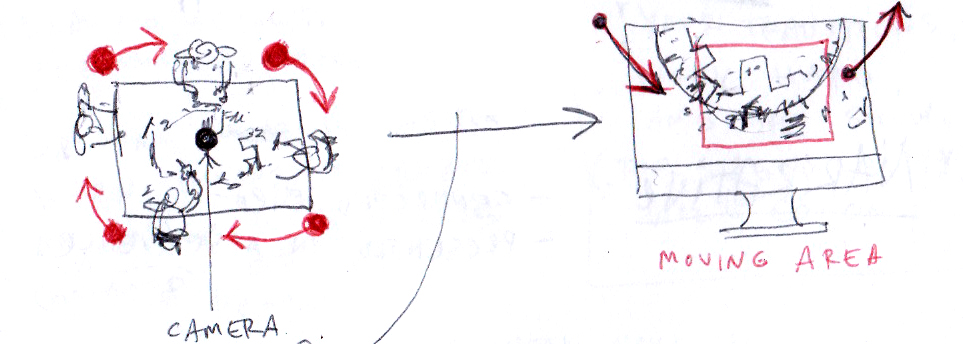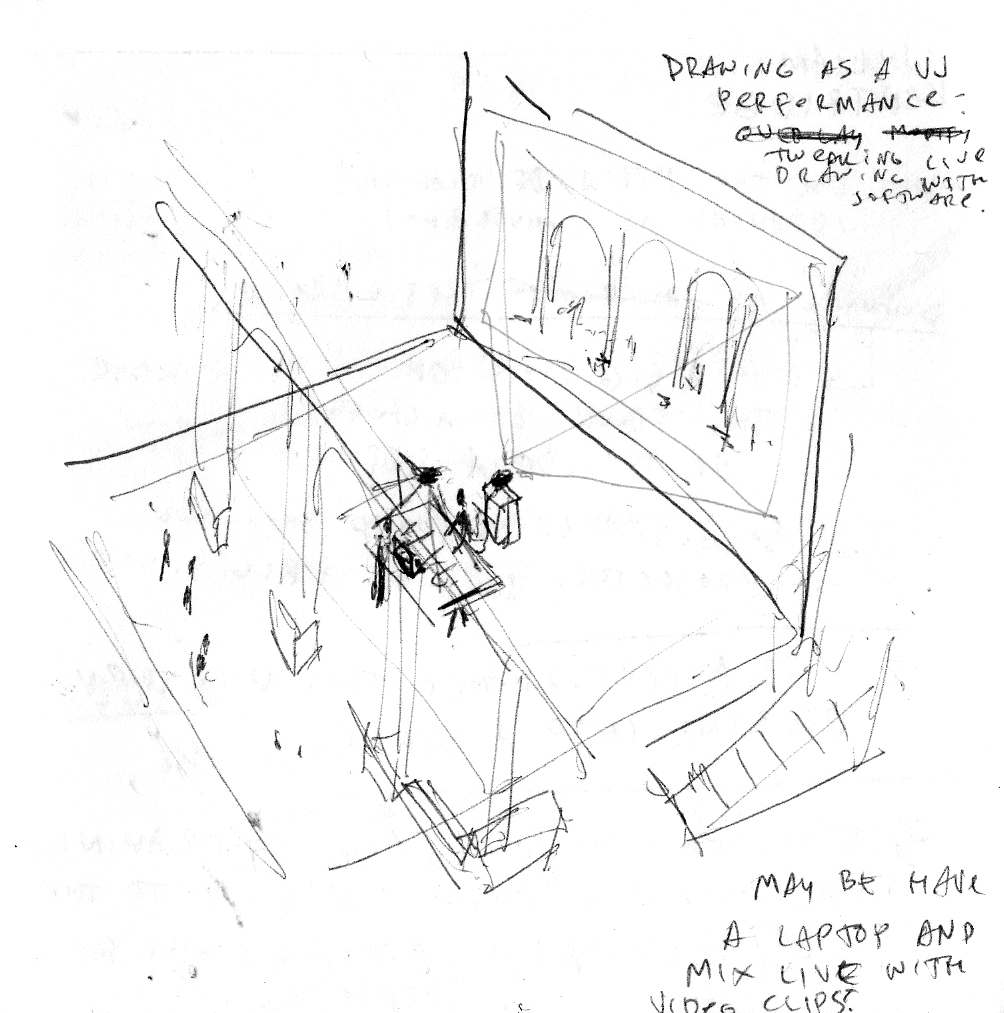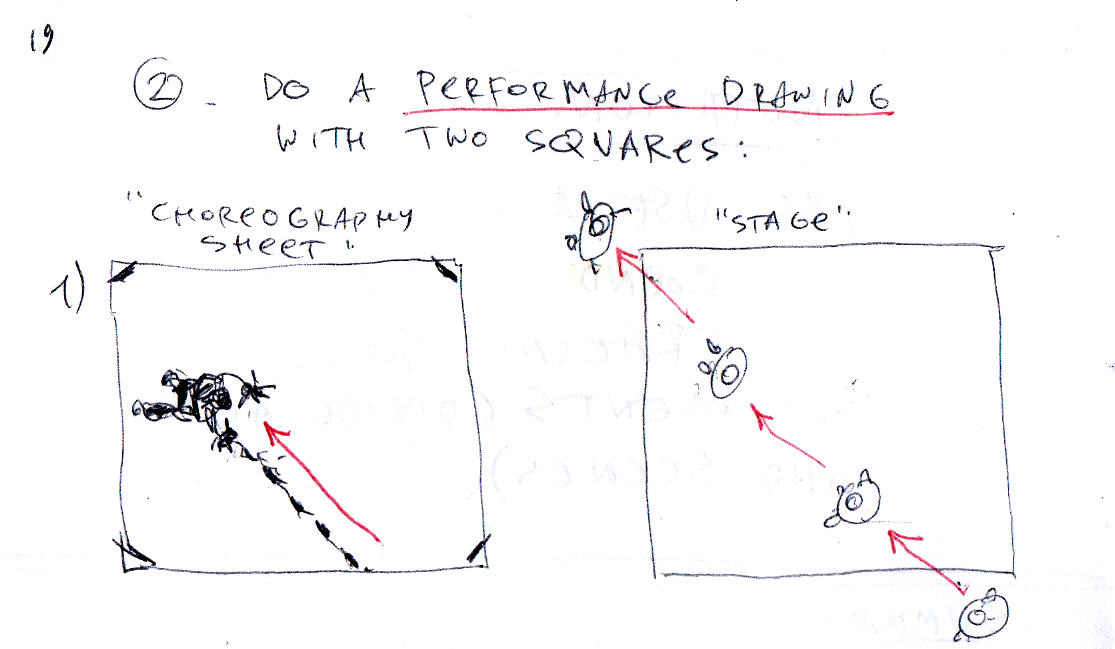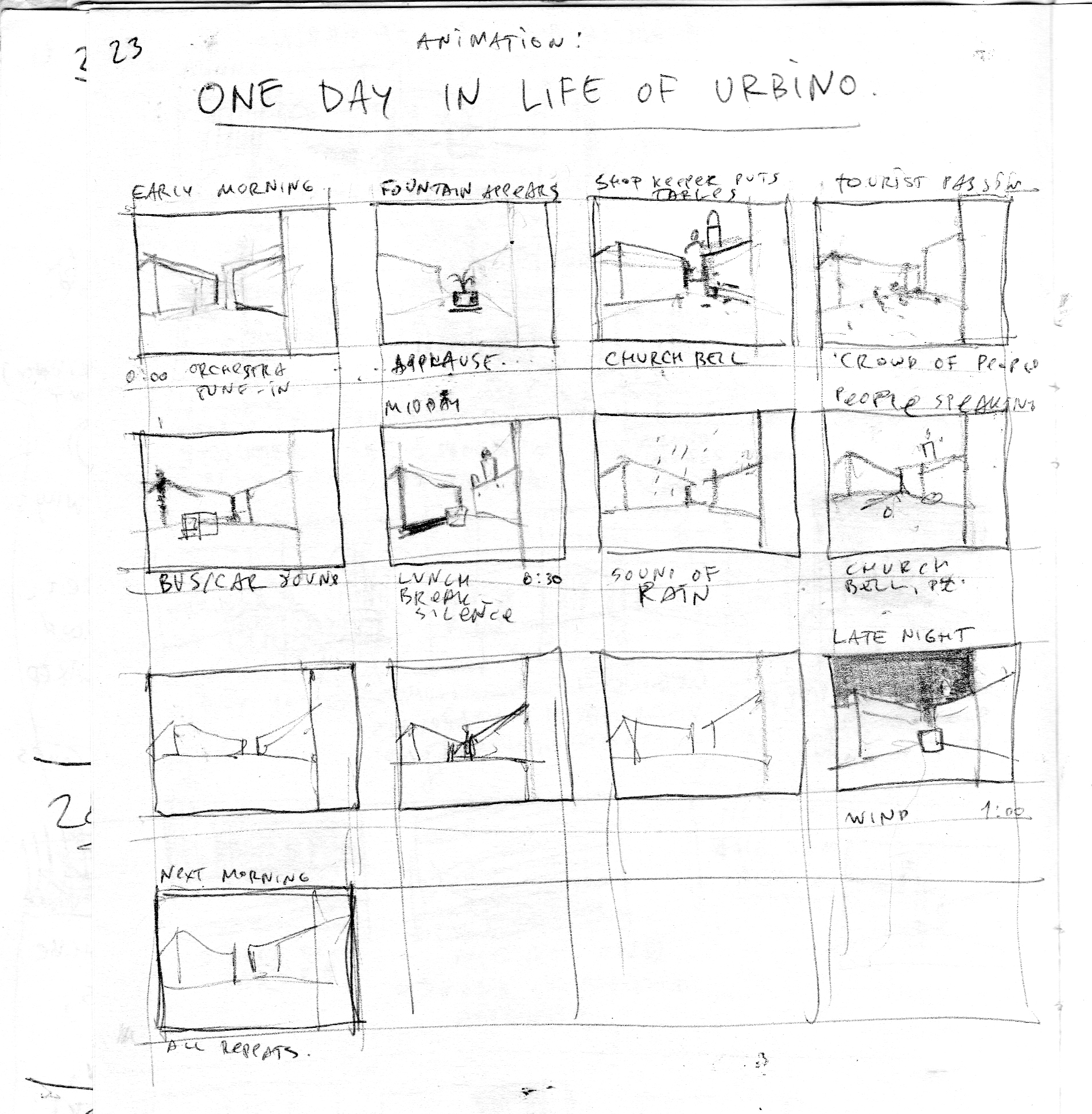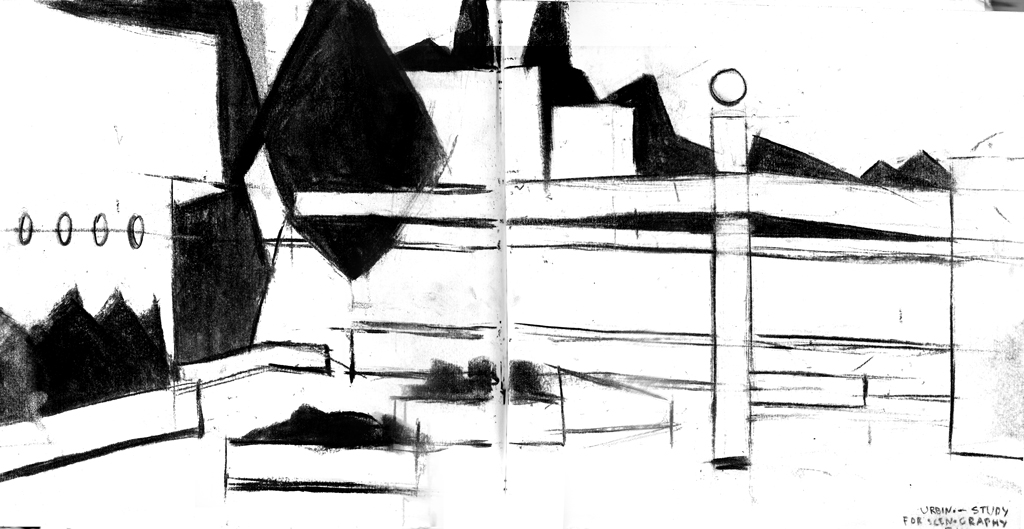29-Jun Make a map drawing of all my movements around Urbino during two weeks. Make a GPS drawing by moving around town.
29-Jun Drawing as analytical tool - plan/map, unmotivated looking, drawings based on drawings, or drawings as analysis of drawings or other types of data collection.
28-Jun Urbino - make icons/ symbols based on street sketching. Also, make a black square - as a sign that graphic art has gone into a circle and started repeating itself from 100 years ago.
Urbino - collect all icons, mix icons and drawings
Also try to make nonrepresentational street sketching - eg making a different kind of notation on the paper. Scratch, put charcoal on found icons and make prints.
Also black square means that this 100 years have ended - and now it's time for different graphic art, although deeply rooted in that era. Non conceptual? Simply mine?..
Think as when doing computer graphics, but express it with means of drawing
Sample problem definition: How does drawing help us learn?
Make referential drawings: cognitive aspect of images won't change if the constituent elements are to be rearranged. Eg gather all vertical etc - add a level of abstraction. Also make Infographic drawings, eg draw the data conveyed in the drawing, how much light, space is there, etc.May be do a plan/map of some kind.Make several drawing with different amount of abstraction - from very subtle to extremely wild.
Drawing facilitates analysis.
Do a series from one stencil - white square, with white spray paint (so that it was a bit visible that part of area is covered). And a black square. And then when they are displayed together you'll have a nice after image from black square, to make white lighter than the paper on white square.
27-Jun That's why we call a drawing a 'study'. Drawing studies seeing in the same way as music studies hearing, architecture studies our perception of space, perfumery studies how we smell and fashion studies our sense of touch (as we touch our clothes all the time and touch our surroundings through the clothes).
Learning aspect of drawing/images is very much underestimated in contemporary culture and could contribute immensely to learning if thoroughly researched and fully employed. (Including digital means.)
Drawing as experience: when we read, we learn from someone else's experience, but when we look at the image, we learn from our own. This is why learning from images is easier and more direct.
26-Jun We always learn from images. When we read, our brain constructs a mental image of a subject described, and then learns from it. The same with numbers, brain has to combine numbers in one coherent image before it can analyse them. When the image is readymade, brain can learn directly, without having to transform words or numbers mentally.
Emotions/essences described when reading -> expression in images.
Drawing and Cognition - learning through drawing, learning through creating images
19-Jun It is from first words in a book, when you start to read it, you understand what this book is going to be about.
End of Form - a story in drawings








